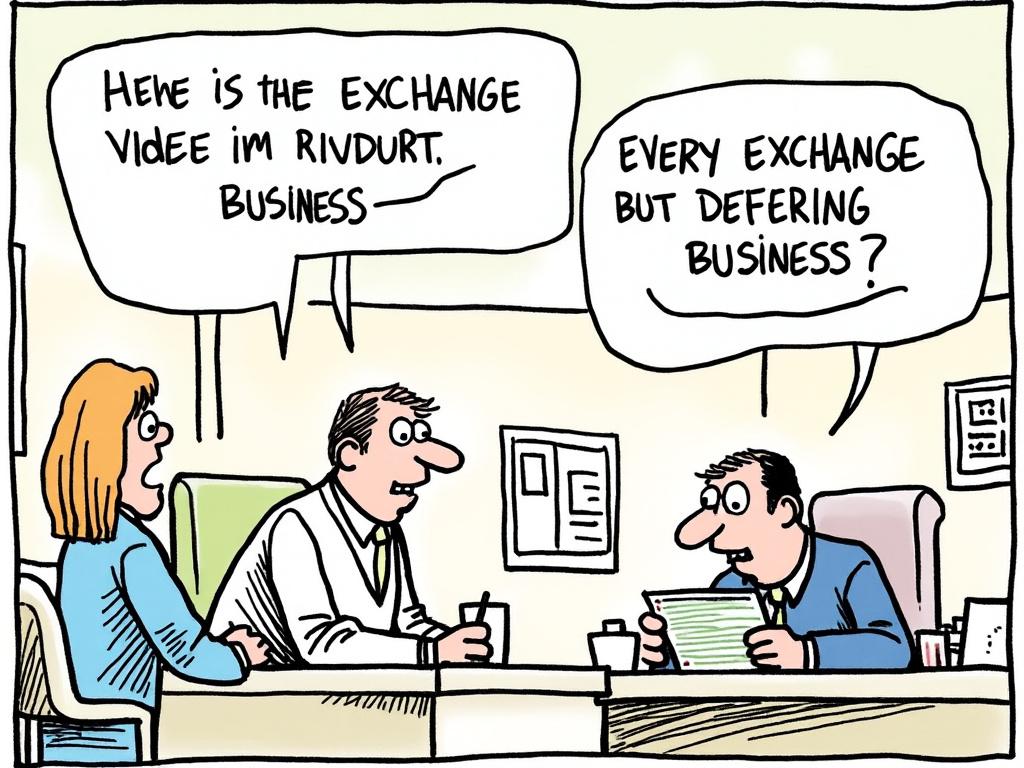
Opportunity Zones Explained: Tax Breaks for U.S. Real Estate Investors
Reading time: 8 minutes
Ever wondered how savvy investors are turning distressed communities into profit centers while slashing their tax bills? You’re about to discover one of the most powerful wealth-building strategies in the U.S. tax code. Let’s unlock the secrets of Opportunity Zones and transform your investment approach.
Table of Contents
- What Are Opportunity Zones?
- The Tax Benefits Breakdown
- Real Estate Investment Strategies
- Success Stories and Case Studies
- Common Challenges and Solutions
- Implementation Guide
- Frequently Asked Questions
- Your Investment Roadmap Forward
What Are Opportunity Zones?
Picture this: You’ve just sold your successful tech startup for $2 million, facing a hefty capital gains tax bill. Instead of writing that check to the IRS, you could reinvest those gains into an Opportunity Zone and potentially eliminate taxes on future appreciation entirely.
Opportunity Zones represent 8,764 census tracts across all 50 states, designated as economically distressed communities eligible for preferential tax treatment. Created through the Tax Cuts and Jobs Act of 2017, this program incentivizes private investment in underserved areas through Qualified Opportunity Funds (QOFs).
Key Program Features
- Geographic Scope: Rural and urban areas with median family income below 80% of the area median
- Investment Vehicle: Qualified Opportunity Funds (QOFs) – special investment entities
- Timeline: Program runs through December 31, 2026, for new investments
- Asset Focus: Real estate development, business operations, and infrastructure projects
The program’s genius lies in its triple tax benefit structure, creating what tax experts call “the most significant tax incentive for private investment in distressed communities in decades.”
The Tax Benefits Breakdown
Well, here’s the straight talk: The Opportunity Zone tax benefits aren’t just about deferring taxes—they’re about wealth multiplication through strategic timing.
The Three-Tier Benefit System
Benefit #1: Tax Deferral
Defer capital gains taxes until December 31, 2026, or when you sell your QOF investment, whichever comes first. This gives you immediate cash flow advantages and time for your investment to grow.
Benefit #2: Basis Step-Up
Hold your QOF investment for 5 years, and receive a 10% basis step-up (reducing your deferred gain by 10%). Hold for 7 years, and get an additional 5% step-up, totaling 15% reduction in your original deferred gain.
Benefit #3: Tax-Free Appreciation
The crown jewel: Hold your QOF investment for 10 years, and all appreciation on your Opportunity Zone investment becomes permanently tax-free. This includes both capital gains and depreciation recapture.
Opportunity Zone Tax Benefits Comparison
Tax Savings by Holding Period
10% reduction on deferred gains
15% reduction on deferred gains
100% tax-free on new appreciation
No tax benefits
Real Estate Investment Strategies
Quick Scenario: Imagine you’re eyeing a rundown warehouse district in downtown Atlanta. What Opportunity Zone strategies could transform this area into your next big win?
Primary Real Estate Strategies
Ground-Up Development
Building new properties from scratch often provides the highest returns. Since you must “substantially improve” existing properties (double the building’s basis), new construction eliminates this complexity while maximizing appreciation potential.
Substantial Rehabilitation
Purchasing existing buildings and investing at least as much in improvements as the building’s original cost. This strategy works particularly well for historic buildings or properties with good bones in prime locations.
Mixed-Use Development
Combining residential, commercial, and retail spaces creates diversified revenue streams while addressing community needs. These projects often receive additional local incentives and tax credits.
Investment Structure Comparison
| Strategy | Risk Level | Typical Timeline | Expected Returns |
|---|---|---|---|
| Ground-Up Development | High | 3-5 years | 15-25% IRR |
| Substantial Rehabilitation | Medium-High | 2-4 years | 12-20% IRR |
| Mixed-Use Development | Medium | 4-7 years | 10-18% IRR |
| Multifamily Housing | Low-Medium | 5-10 years | 8-15% IRR |
Success Stories and Case Studies
Case Study 1: The Portland Warehouse District
A QOF purchased a 200,000 square foot abandoned warehouse in Portland’s Opportunity Zone for $8 million. After investing $15 million in renovations, they transformed it into a mixed-use development with artist studios, retail spaces, and affordable housing. Current valuation: $35 million, representing a 52% IRR over four years.
Case Study 2: Miami’s Wynwood Transformation
Wynwood, Miami’s arts district, attracted over $2 billion in Opportunity Zone investments. One fund focused on affordable housing, developing 500 units while generating 12% annual returns. The key? Partnering with local artists and community organizations to ensure authentic development.
According to the Economic Innovation Group, Opportunity Zones have attracted over $75 billion in private investment since 2018, with real estate representing approximately 70% of all QOF investments.
Common Challenges and Solutions
Challenge 1: The 90% Asset Test
Problem: QOFs must maintain 90% of their assets in Opportunity Zone property, measured semi-annually.
Solution: Implement rolling investment strategies and maintain cash reserves for quick deployment. Many funds use short-term Treasury bills or money market funds for temporary cash parking.
Challenge 2: Substantial Improvement Requirements
Problem: Existing buildings require improvements equal to the building’s basis within 30 months.
Solution: Focus on properties with clear improvement potential or prioritize ground-up development. Conduct thorough due diligence on improvement costs before acquisition.
Challenge 3: Limited Investment Timeline
Problem: New investments must be made by December 31, 2026, limiting the program’s longevity.
Solution: Accelerate investment timelines and consider investing in funds that can deploy capital quickly. Some investors are making investments now to secure the 10-year tax-free appreciation benefit.
Implementation Guide
Step-by-Step Investment Process
Step 1: Generate Qualifying Capital Gains
Identify assets for sale that will generate capital gains. This could include stocks, bonds, real estate, or business interests. The key is timing the sale to align with your Opportunity Zone investment strategy.
Step 2: Choose Your Investment Vehicle
Option A: Invest in an existing QOF managed by professionals
Option B: Create your own QOF for direct control
Option C: Partner with other investors in a syndicated deal
Step 3: Complete the 180-Day Investment
You have 180 days from the sale of your original asset to invest in a QOF. This timeline is strict—missing it means losing the tax benefits entirely.
Step 4: Monitor Compliance Requirements
Ensure your QOF maintains the 90% asset test and meets all working capital requirements. Most institutional funds handle this automatically, but self-directed investors must stay vigilant.
Pro Tip: The right preparation isn’t just about avoiding compliance issues—it’s about maximizing your wealth-building potential while contributing to community development.
Frequently Asked Questions
Can I invest retirement account funds in Opportunity Zones?
No, Opportunity Zone tax benefits only apply to taxable capital gains. Since retirement accounts are already tax-deferred, they don’t qualify for additional OZ benefits. However, you can use retirement funds to invest in opportunity zones for potential returns without the tax benefits.
What happens if I need to sell my QOF investment before 10 years?
You’ll lose the tax-free appreciation benefit but keep any basis step-up benefits earned (10% at 5 years, 15% at 7 years). The deferred capital gains become due in the year of sale or December 31, 2026, whichever comes first. This makes liquidity planning crucial for OZ investments.
Are international investors eligible for Opportunity Zone benefits?
Yes, but only if they have U.S. capital gains to defer. Foreign investors can participate in QOFs, but they must have gains subject to U.S. taxation. This has made OZ investments popular among foreign nationals with U.S. real estate or business holdings.
Your Investment Roadmap Forward
Ready to transform complexity into competitive advantage? Here’s your practical roadmap for Opportunity Zone success:
Immediate Actions (Next 30 Days):
- Audit your portfolio for potential capital gains opportunities
- Research Opportunity Zone maps in your target investment areas
- Connect with qualified tax advisors experienced in OZ investments
- Identify 3-5 potential QOF investment opportunities
Medium-term Strategy (3-6 Months):
- Execute asset sales to generate qualifying capital gains
- Complete due diligence on selected QOF investments
- Establish investment timeline to maximize tax benefits
- Build relationships with local community stakeholders
Long-term Wealth Building (7-10 Years):
- Monitor investment performance and compliance requirements
- Plan for basis step-up benefits at 5 and 7-year marks
- Prepare exit strategies to maximize tax-free appreciation
- Consider reinvestment opportunities in additional Opportunity Zones
The Opportunity Zone program represents more than just tax savings—it’s a chance to build generational wealth while revitalizing communities across America. As we approach the 2026 deadline for new investments, early movers are positioning themselves for decades of tax-free growth.
Are you ready to turn distressed communities into your next wealth-building opportunity while making a lasting impact on American neighborhoods?

Article reviewed by Aino Koskinen, Business Growth Consultant | Scaling Companies with Data-Driven Strategies, on July 7, 2025
